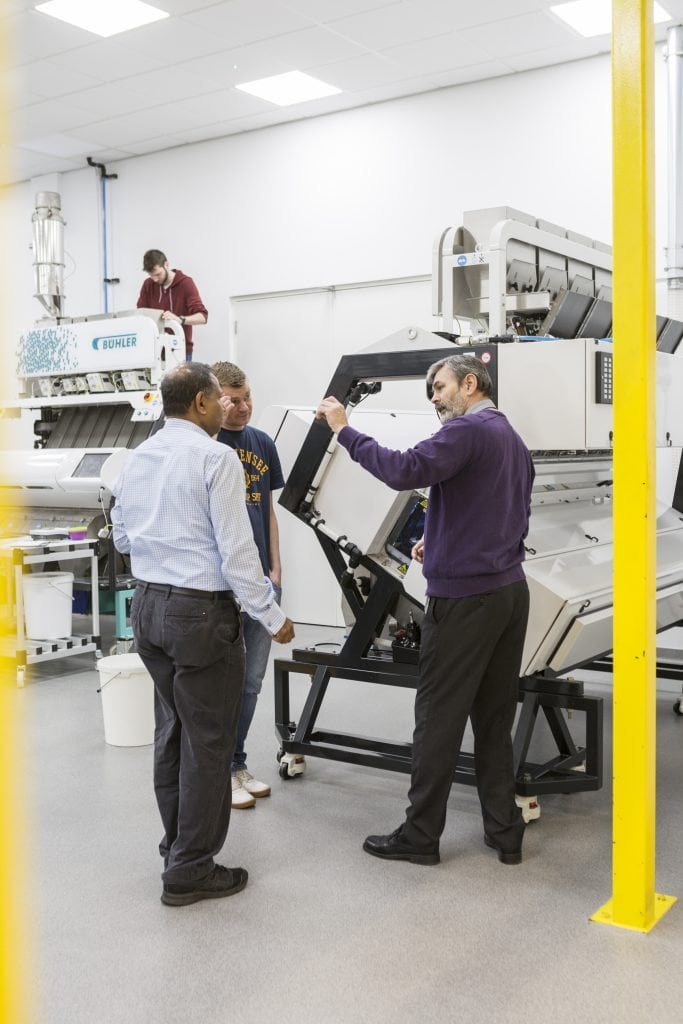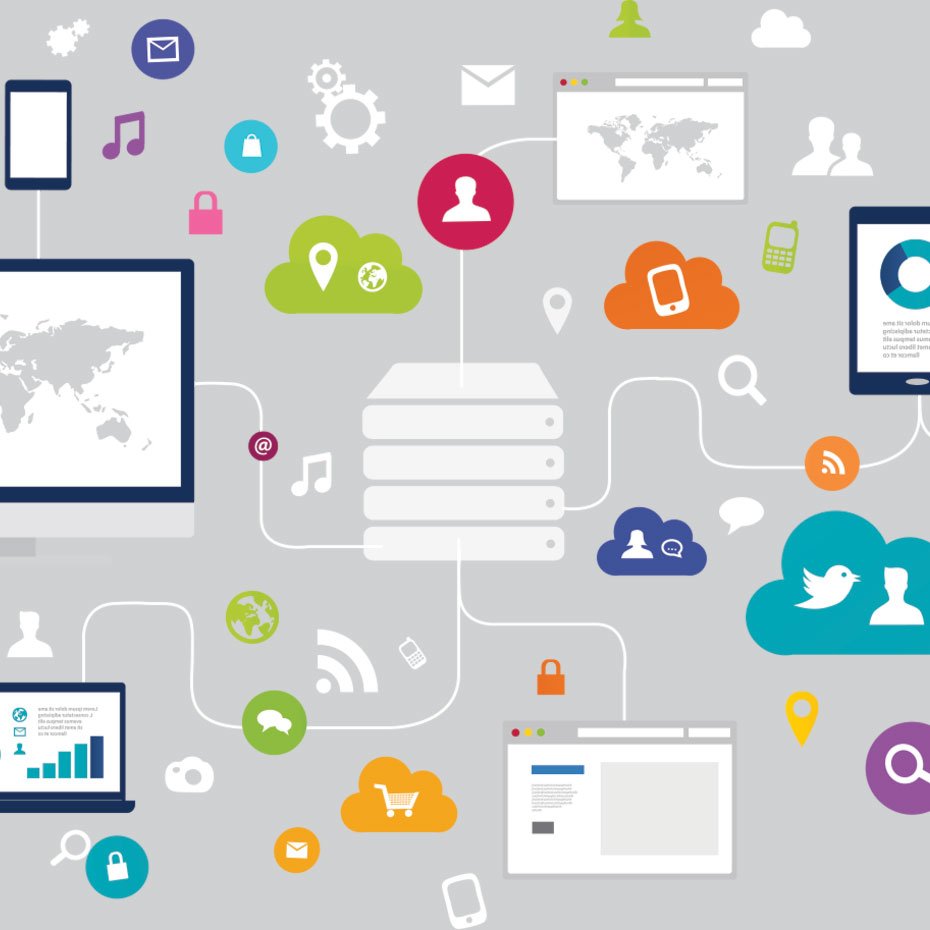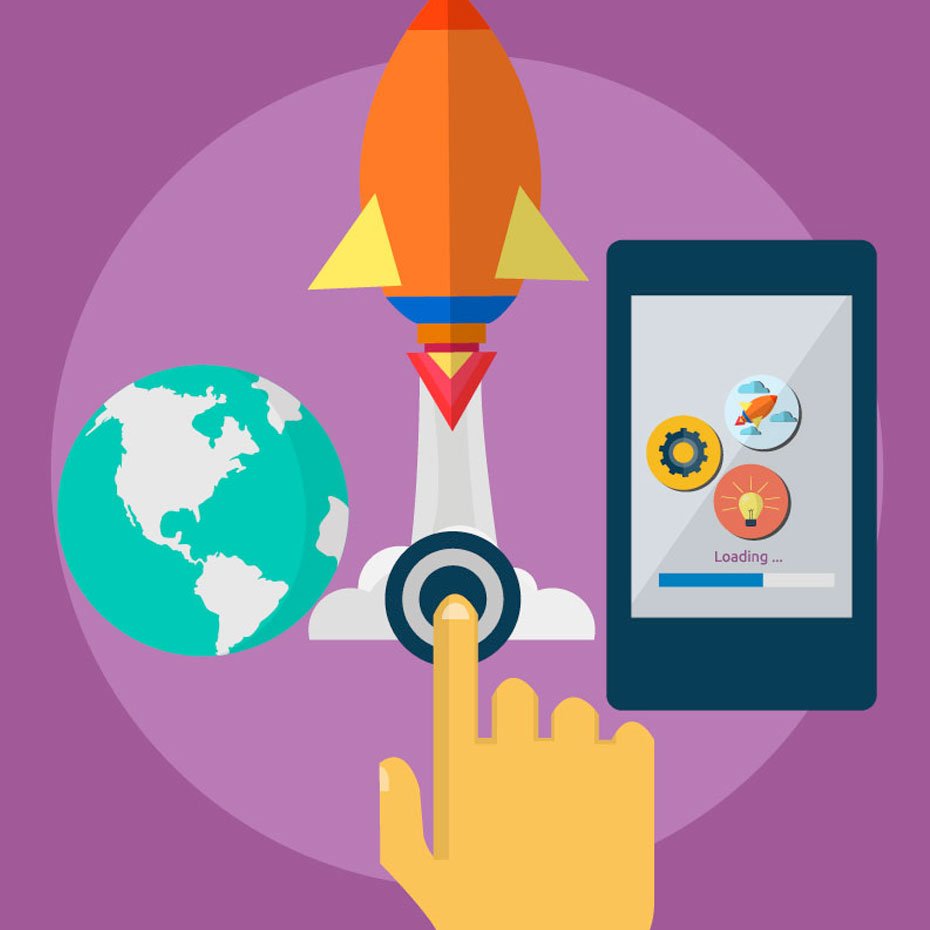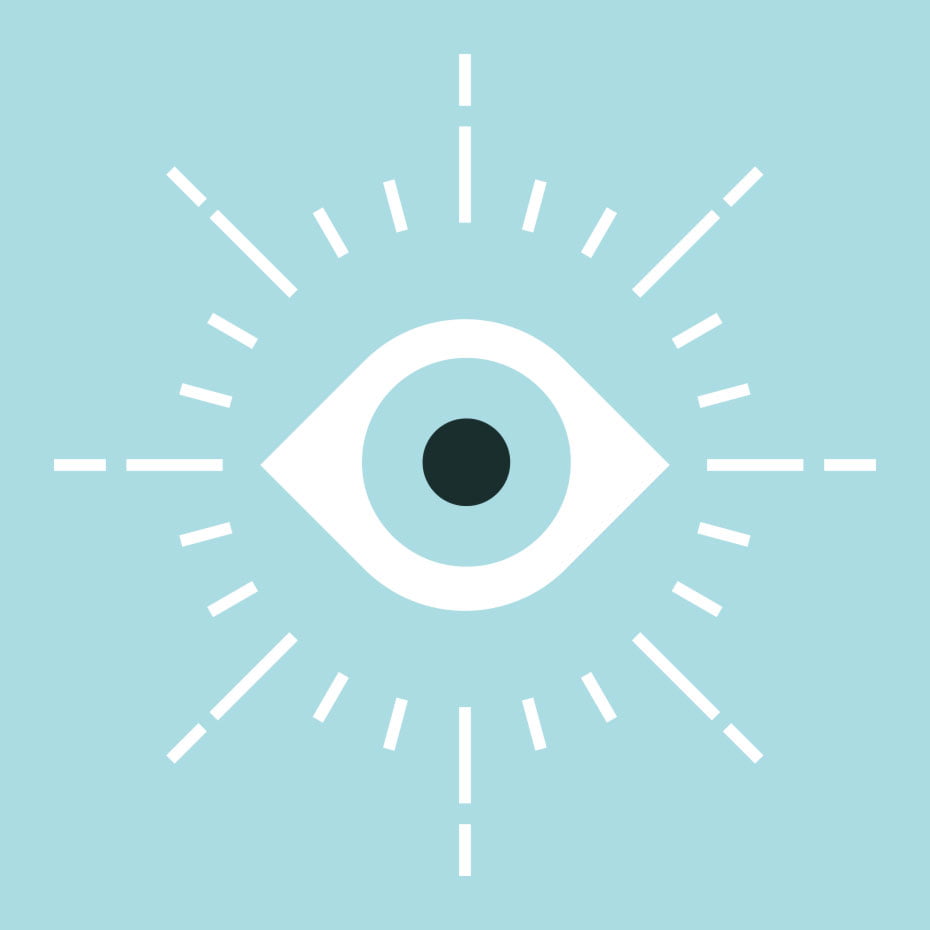Innovations showcasing Industrial IoT, AI, cobotics, digital twins and mixed reality will be on display at Microsoft’s booth at the annual Hannover Messe industrial fair.
This week at the world’s largest industrial fair, I am honored to once again host nearly 30 customers and partners in Microsoft’s booth at the Digital Factory Hall at Hannover Messe. The progress manufacturers have made this past year is tremendous. Smart factories have already seen an average of 17 to 20 percent increased overall productivity. They have created higher-quality products at lower costs. They are building entirely new business models and service offerings. But our customers’ aspirations are bigger and bolder. For example, by the year 2050, the demand for food is expected to outpace production by more than 70 percent. Agricultural stability is being threatened by receding levels of fresh water, decreasing availability of arable land and global warming, causing issues like toxins in our food supply. The workforce will continue to modernize and shift.
The next step is to use our Internet of Things (IoT)-enabled levels of intelligence to optimize the entire manufacturing process and solve for these challenges. There are three distinct themes that stand out at this year’s event:
Increased productivity and safety
What we have built with customers is driving tangible results. Today’s new data-driven manufacturing capabilities are not only lowering costs and reducing waste, but they are also keeping people safer and mitigating our impact on the planet. For example, Swiss technology firm Bühler AG, a leader in food processing systems, has worked closely with Microsoft to develop LumoVision, a revolutionary optical sorting system that not only significantly improves current food cleaning practices, but can eliminate nearly 90 percent of contaminated grain compared to 50 percent for conventional sorting machines. Empowered by the Microsoft cloud and IoT technology, this solution builds on Bühler’s advanced process expertise, and as a result, LumoVision is faster and more precise than other grain-sorting technologies.
We will also demonstrate how Microsoft HoloLens has become an invaluable tool in taking digital twin technology to the next level. Thanks to the explosive expansion of Industrial IoT, digital twins have become cost-effective to implement and are helping companies head off problems before they even occur. Our customers are using digital twins to prevent downtime, improve equipment performance, develop new service opportunities and even plan for the future by generating simulations and visualizing their processes in mixed reality. For instance, Schneider Electric, whose industrial software business has recently combined with AVEVA, is leading the evolution of what the industry refers to as a “process digital twin.” Schneider and AVEVA are leveraging HoloLens to optimize ItalPresse’s entire manufacturing process by creating virtual prototypes even before a plant or manufacturing asset is built, which can provide significant cost and efficiency savings. Schneider will also showcase its recently announced traceability tool for the food and beverage industry, combining its knowledge of the food and beverage industry with Microsoft’s expertise in blockchain, given the growing complexities with tracing food products.
Additionally, one of our leading robotics automation partners, ICONICS, will demonstrate how a technician wearing a HoloLens can work alongside a factory robot while receiving instructions and key factory performance indicators displayed over his field of vision via HoloLens.
Increased monetization
Microsoft’s customers and partners are creating new value chains and services that simply did not exist five years ago. Tech innovations have allowed them to establish digital SWOT (strengths, weaknesses, opportunities and threats) teams, open new “one-size-fits-one” plants, and monetize things like predictive maintenance, 3D modeling and smart operations. For example, just last week thyssenkrupp announced it is expanding MAX, the company’s IoT-based predictive service solution for elevators, to Latin America. thyssenkrupp is confident that MAX can reduce elevator downtime by up to 50 percent, making its predictive models second to none in the global elevator industry.
ABB, a global leader in industrial technology, is leveraging Microsoft’s Azure cloud technologies for its ABB AbilityTM platform, one of the largest Industrial IoT platforms in the industry. ABB will showcase its ABB Ability Ellipse TM platform. Leveraging AI from Microsoft, it can empower organizations to optimize Enterprise Asset Management and automatically detect anomalies to minimize maintenance costs across its customers’ install base.
Bayer’s Environmental Science Business Unit is digitally transforming a decades-old pest control practice for trapping rodents with a smarter digital mousetrap that provides remote monitoring built on top of the Azure IoT platform. The solution collects information from sensors installed within each trap and immediately alerts pest management professionals when rodents are present, so they can head off infestations and increase the effectiveness of pest control programs.
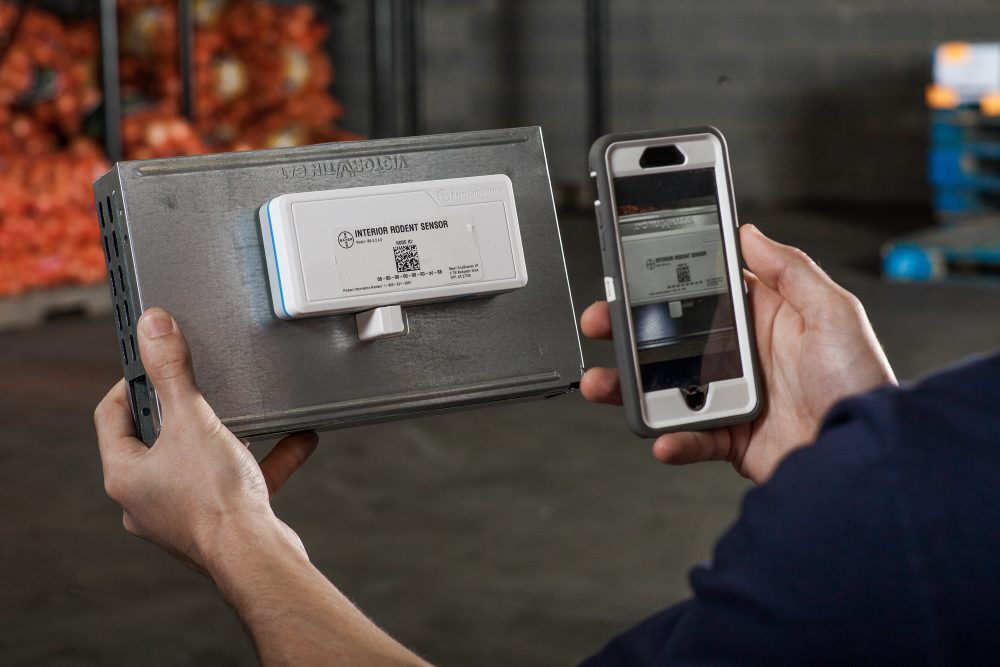
Increased collaboration
By 2020, IDC predicts that 60 percent of plant floor workers will work alongside assistance technologies that enable automation, such as robotics, 3D printing, AI and mixed reality. Several leading manufacturing and robotics companies have already created new and evolved “lean” processes that leverage these capabilities to help service technicians optimize tasks and lower waste and inefficiencies, while providing better customer service. For example, Toyota Material Handling Europe is planning its 10-year vision for the factory of the future by evolving its traditional lean processes. Its goal is to find more efficient ways to distribute intelligent logic across the factory and its robotic systems. Using AI capabilities like Microsoft AirSim and mixed reality, the company can train autonomous pallet drones to recognize patterns, automate processes and learn the flow on the plant floor safely alongside humans. This innovative solution would drastically reduce disruptions to warehouse operations, one of the key roadblocks to deploying autonomous systems. Toyota Material Handling Europe has also worked with Microsoft to develop T-Stream, a brand new, all-in-one solution. Built on Microsoft’s Azure cloud, it runs on Windows and utilizes Bing Maps and GPS systems to provide technicians with improved, proactive services that can carry out maintenance for customers before breakdowns occur.
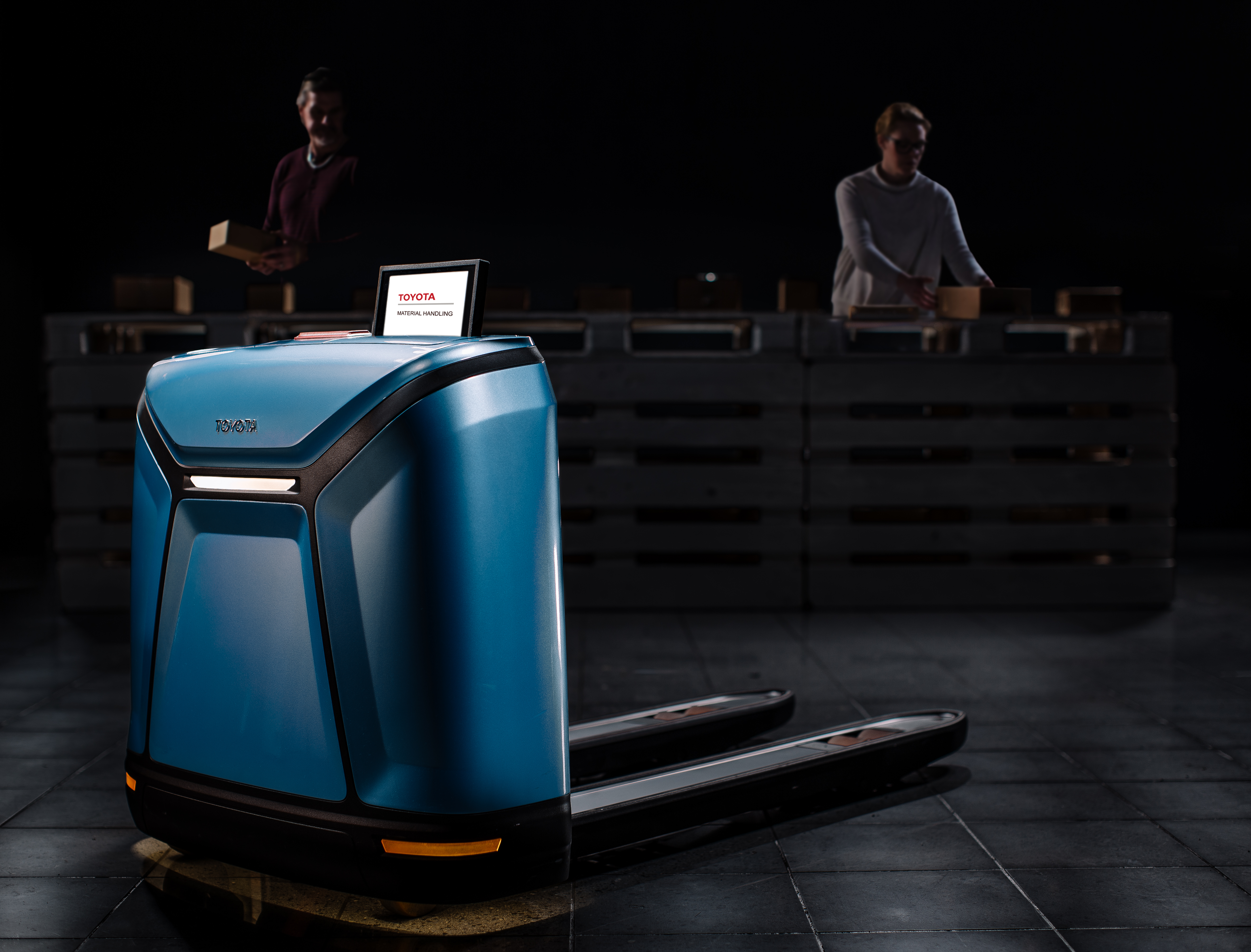
Investing in Industrial IoT
As we partner with our manufacturing customers to empower their digital transformations, we continue to invest specifically in security and Industrial IoT innovations that meet their needs, where they need them most. This year we have a new set of robust Azure IoT features we will demonstrate at our booth, including:
- Automatic Discovery Service for Connected Factory: We’ve simplified how manufacturers can onboard and secure industrial assets, which significantly reduces administration costs. It also includes an OPC (Open Platform Communications) UA (Unified Architecture) Global Discovery Server (GDS) interface for compatibility with existing clients and servers.
- Azure IoT Hub and Device Management on Azure Stack: We are bringing Azure IoT Hub to Azure Stack, empowering customers and partners to build Industrial IoT solutions which run entirely on-premises or off, as well as collect and analyze near real-time data within their facility.
- Azure Sphere: We’ve made an even stronger commitment to securing ‘edge’ devices by announcing a preview of Azure Sphere, the first holistic platform to provide industrial-grade security for connected microcontroller units (MCU) devices, 9 billion of which are expected to ship this year in machines ranging from home appliances to industrial equipment in factories.
- Azure Time Series Insights: In response to manufacturers’ requests, Microsoft is planning a new update to Times Series Insights (TSI), a service that that adds massively scalable storage and data archiving capabilities and reduces storage costs.
Why customers and partners bet on Microsoft
Our cloud platform is now available in more than 42 regions across the globe and meets a broad set of international standards and compliance, including European Union General Data Protection Regulation (GDPR) and intellectual property (IP) requirements, which are critical as the May 25 GDPR deadline looms. Additionally, we have one of the largest, if not the largest, partner ecosystems co-selling solutions with us at Hannover Messe. Partners are not only an important part of a complex Industrial IoT ecosystem, they are critical to how we do business. Today, Siemens announced its IoT ecosystem Mindsphere is now available on the Microsoft Azure cloud platform, giving our joint customers the ability to make their IoT applications available on our cloud. The preview of MindSphere for Microsoft Azure is available for select customers and partners, and will follow a continuous development and deployment model. MindSphere for Microsoft Azure is planned to be generally available in the calendar 4th quarter of 2018. More than 90 percent of our revenues come through our 8,500 trusted partners across the globe. Every major Industrial IoT provider, including ABB, Accenture/Avanade, COPA-DATA, EY, GE, ICONICS, Kapsch, OSIsoft, PTC, Rockwell Automation and Schneider Electric, have joined forces with Microsoft to integrate and offer their manufacturing services and solutions on top of our global Azure cloud.
There are many more reasons the industry is choosing to partner with Microsoft, but I invite you to come see the innovations first-hand in our booth in the Digital Factory: Hall 7, Stand C40 this week in Hannover.
Visit the the Digital Difference site for more information about Microsoft and its customers’ and partners’ presence at Hannover Messe 2018.

